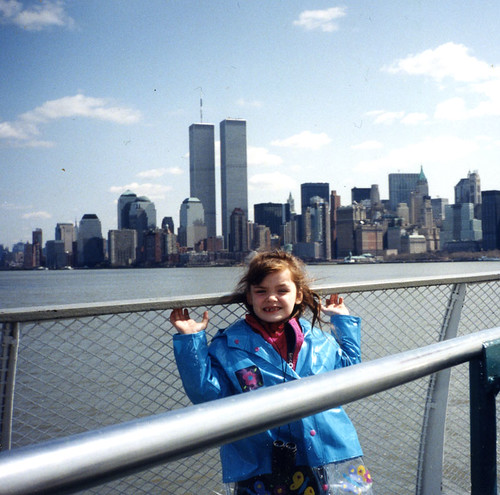I watch her tromp across the kitchen floor after her pink ball. She has on navy blue shorty shorts and tiny boy-looking New Balance sneakers. I am captivated by the shape of her legs. Those sleek calves, rugged knees, and straight-lined thighs... How can it be that she has legs just like mine?
By the end of my pregnancy, I had so many fears about what a child with Down syndrome might be like. Surely this child would be chubby and have a flat face. Stubby limbs, a giant tongue, droopy everything... Isn’t that what the literature from the doctor’s office said?
And then I delivered a baby that looked like... a baby. She was fairy tale pretty. Three years later, that baby is gone, replaced by a little girl with my legs. But something still isn’t right. Meningitis turned her mind into a labyrinth. Words cannot escape, images are lost, neurons get rerouted. This is not the typical development of a child with Ds, is it? Specialists brushed off my concerns contributing every difference in her physiology to the extra 21st chromosome.
On blind faith we adopted two more little girls, a three year old and an infant with Down syndrome from a village orphanage in Ukraine. The moment Masha and I locked eyes, she burst into a smile and reached for me to pick her up. She then wriggled away and ran for the swingset. From there she rode a tricycle down the walkway, and then she took her baby stroller for a walk. A little while later she climbed into a real stroller parked on the porch and began strapping herself in.
Later on I found that Masha will brush my hair, try on my shoes, dress and undress herself, and sing into a pretend microphone. She puts her plate in the sink, carries her own backpack, plays soccer, and plays tricks on me. She feeds her dollies, enjoys tea parties, understands English, and picks berries with her brother Jade.
Life with Masha confirms what I have wondered about, suspected, worried about... that Kimani’s brain trauma changed everything for her. Thus it is bittersweet for me to know that children with Down syndrome are so very much like ordinary children.
Baby's Got Down Syndrome, 1: Lunch at Pizza HutBaby's Got Down Syndrome, 2: Crossing the NICU StyxBaby's Got Down Syndrome, 3: Seeing in the RawThis is the final article of a four-part series.






